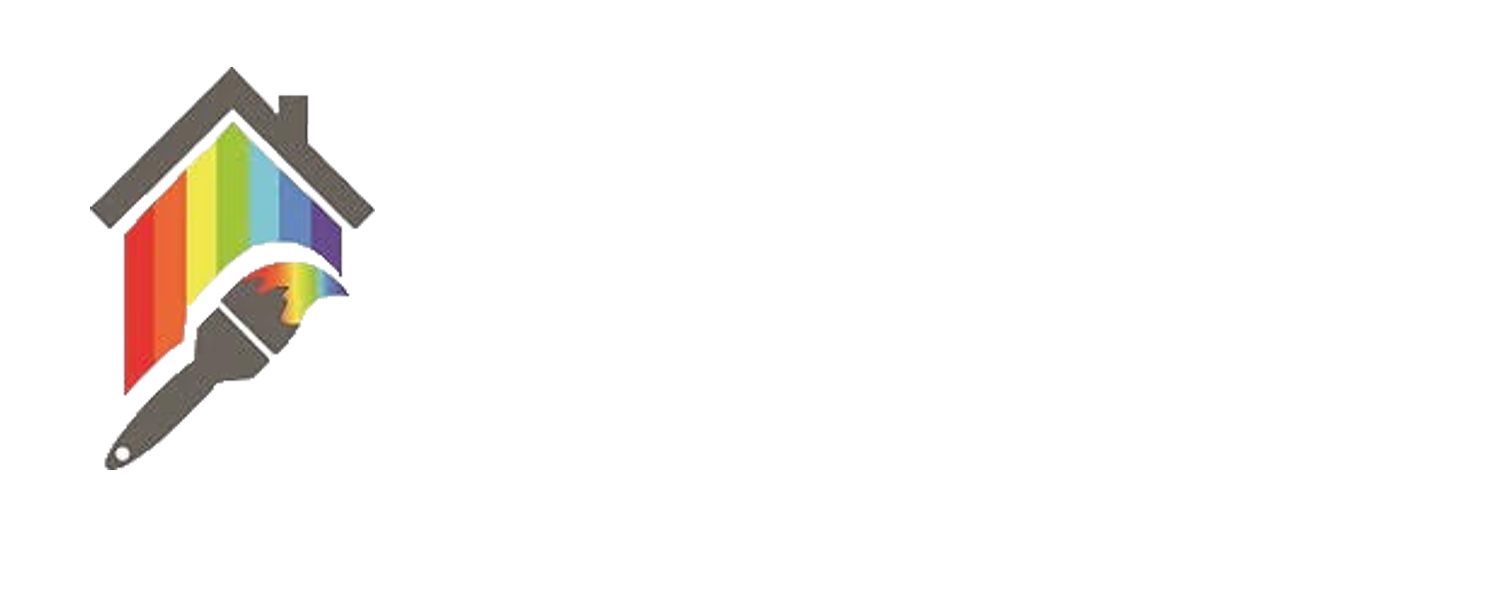Not All Paints are Bad for the Environment - What at to Look for in Paint for Lower Environmental Impact
Deciding to give your home a makeover is a big decision on its own. Once you have made the decision and plan to freshen up the home with a fresh color or coat of paint, the decisions just keep coming.
There are thousands of colors to choose from made by hundreds of brands, and if that is not enough there are then a huge number of sub-options. One of these includes Eco-Friendly paint.
A lot of times the decision comes down to the price tag. In this case, eco-friendly paint is a bit higher in cost than regular paint, but it may just be worth it for the benefits you receive.
What’s Wrong With Regular Paint?
While paint has come quite a long way since its toxic lead-based origins, there are still harmful ingredients that can cause damage to the environment and the people in them. Throughout the lifecycle of a can of paint — from the release of harmful substances during manufacturing to the paint being applied in the home, to the disposal of unused paint, the product has a significant impact on the environment.
Regular paint also contains a number of harmful substances including toxic metals, damaging solvents, carcinogenic additives, Volatile Organic Compounds (VOCs). And other raw materials that have a negative impact. Eco-Friendly pain substitutes all these negative ingredients in order to reduce the dangers to the planer and those on it.
What to look for in Eco-Friendly Paint?
Eco-Friendly or Natural Paint have fewer chemicals and, therefore, lower VOC contents. Besides checking for the VOC content on the label, you can most noticeably distinguish a low-VOC paint by its odor: They have little to no noxious off-gassing smell because they lack these chemicals. Important things to look for when choosing an eco-friendly paint option include:
Ultra-low or zero VOCs - although true eco-friendly paints generally do not contain any intentionally added VOCs, some manufacturing processes could contain trace levels, even if they claim to have zero VOCs. The lower the VOCs the better - aim for less than 5g of VOC per liter.
Other Chemicals - while mainstream brands offer low VOC paint – VOCs aren’t the only thing to keep an eye out for. Acrylic softeners, ammonia, and formaldehyde are all common ingredients that can be potentially harmful. Check the label to see if the paint is free from acrylics, oils, and vinyl, labeled as non-toxic, and whether it is crafted from more natural materials, like clay.
Search for Certifications - In the United States, you want to look for a Greenseal certification. Greenseal is an independent accreditation system for goods and services that meet strict environmental criteria.
Pro-Tip - A certification is not always possible as it is an expensive endeavor that many small businesses can’t complete, so use certifications as a guide, but don’t rule out a brand that lists all the ingredients and has a transparent approach. On the other hand, be careful about general claims of “non-toxic” and “natural” and stay away from brands that do not back up the claims.
If you are looking to give your home a fresh new look this spring, you may find that eco-friendly paint isn’t the only smart decision you can make. Hiring a professional painting company may have a higher upfront cost, but the time and effort you will be saving is more than worth that extra money. PaintPositive uses premium paint supplies and leaves every customer regret-free and happy with a job well done. Book a free consultation today for your next home project.

